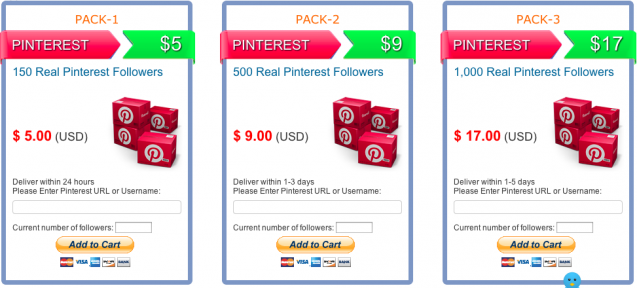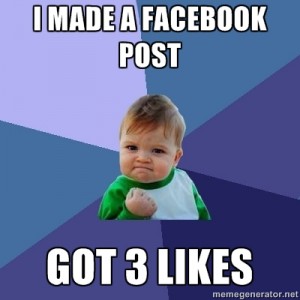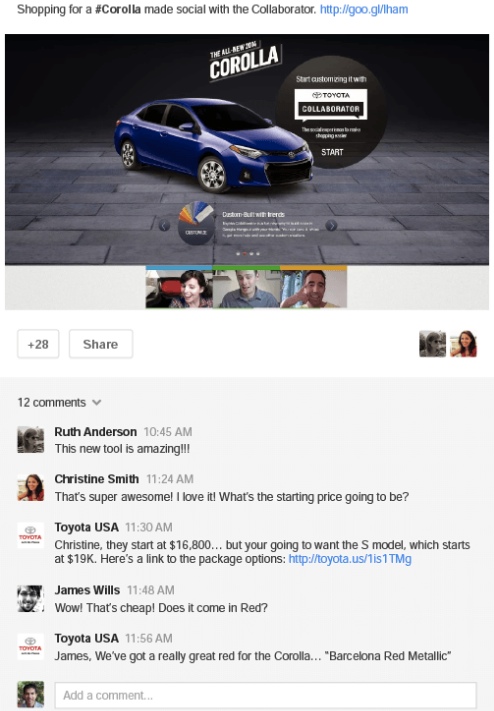Pinterest is quickly becoming one of the most popular social media networks out there. Over the span of a few short years, Pinterest has become more active than almost any platform available aside from Facebook and Twitter and it shows no signs of slowing.
This has attracted the attention of many businesses and marketers hoping to showcase their brands and engage their audience, but many brands don’t want to do the heavy lifting to become a popular Pinterest presence. Rather than build from scratch, a fair number of professional Pinterest accounts have turned to purchasing Pinterest followers and re-pins in an attempt to create their pages appear more active and increase their visibility.

The practice shouldn’t be foreign to anyone familiar with social media. Markets have popped up where people can purchase Facebook likes and Twitter followers, and every newly popular platform will likely have to deal with these types of issues. But, the big question every business owner has is: “Will buying Pinterest followers and re-pins benefit my business?”
The reason these types of artificial follower markets become so popular is that they do exactly what they say in the short term. It is true that unfamiliar visitors will be more likely to follow pages that appear active and popular among the community. But, there are plenty of downsides to trying to manufacture a facade of activity and engagement.
As with most other social networks, Pinterest uses an algorithm to determine the visibility of pins and profiles based on popularity. John Rampton coined the term Pinrank for the algorithm in reference to Facebook’s old Edgerank algorithm. When your posts draw lots of activity, Pinterest increases your visibility and shows your pins to more people. Likewise, if your nobody is interacting with your pins, you will become less relevant.
While purchased followers and re-pins can trick the average visitor into believing your content is popular, Pinrank sees right through your shenanigans.
The best case scenario for those purchasing pins is a quick surge in popularity, followed by an immediate decline as real followers come to see that your content isn’t relevant or important. As that happens, your Pinrank will naturally fall despite your seemingly huge number of followers.
The worst case scenario ends in being entirely banned from Pinerest. Only a few accounts have been banned so far for the blatant violation of Pinterest’s Uses policy, but Pinterest is entirely aware of the shady tactics rising in popularity and there will likely be quite a few more bans in the future. Even if you’ve invested months of real work into cultivating your Pinterest page, all of that can be gone in an instant if you are purchasing followers.
In the end, buying Pinterest followers won’t benefit you anymore than buying property on the moon. More than likely, it will hurt your brand and it’s reputation more than any upsides you will ever see from the practice. All it is really is an attempt to cheat the system.



 At midnight tonight the world is stepping into the New Year and social media is already buzzing with excitement. As the hour approaches in every time zone, Twitter, Facebook and Instagram will all be filled with updates from parties and celebrations from around the world. It is an appropriate way to ring in a new year that will almost certainly continue the global domination of social media.
At midnight tonight the world is stepping into the New Year and social media is already buzzing with excitement. As the hour approaches in every time zone, Twitter, Facebook and Instagram will all be filled with updates from parties and celebrations from around the world. It is an appropriate way to ring in a new year that will almost certainly continue the global domination of social media.

 When the news broke of Facebook’s updates to their News Feed, advertisers everywhere scrambled to analyze the changes. Well, it appears
When the news broke of Facebook’s updates to their News Feed, advertisers everywhere scrambled to analyze the changes. Well, it appears 

 Yesterday Facebook
Yesterday Facebook 

